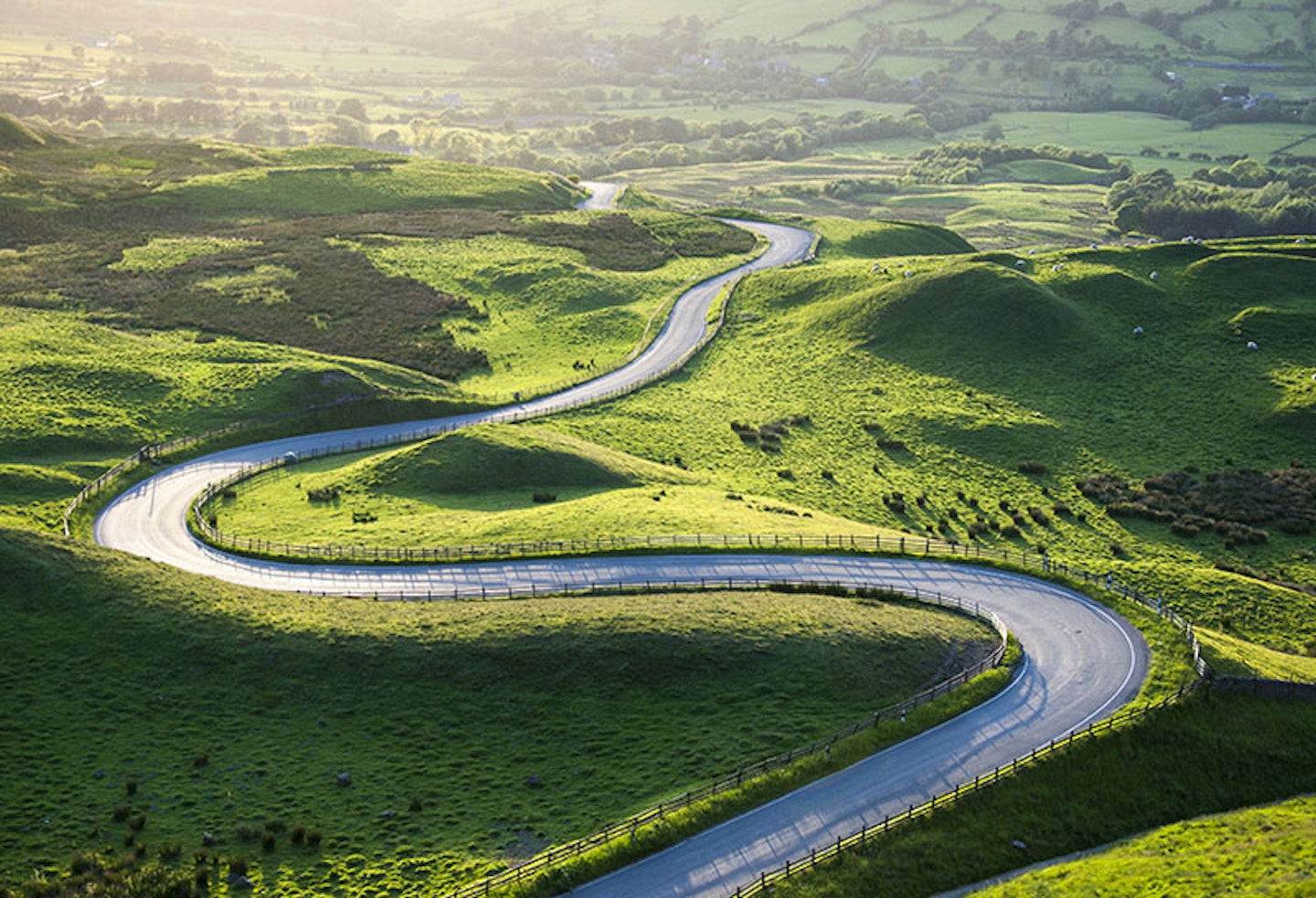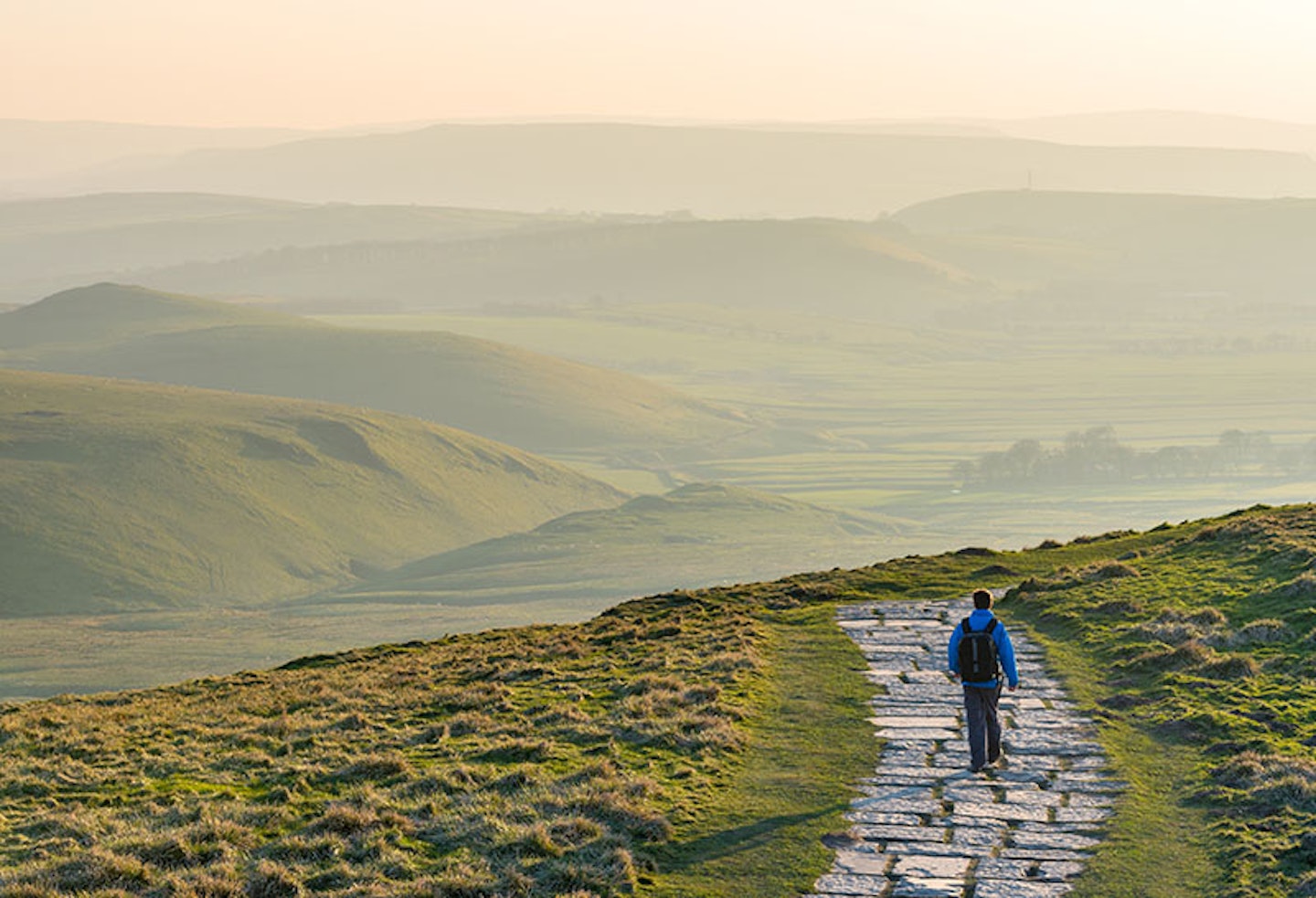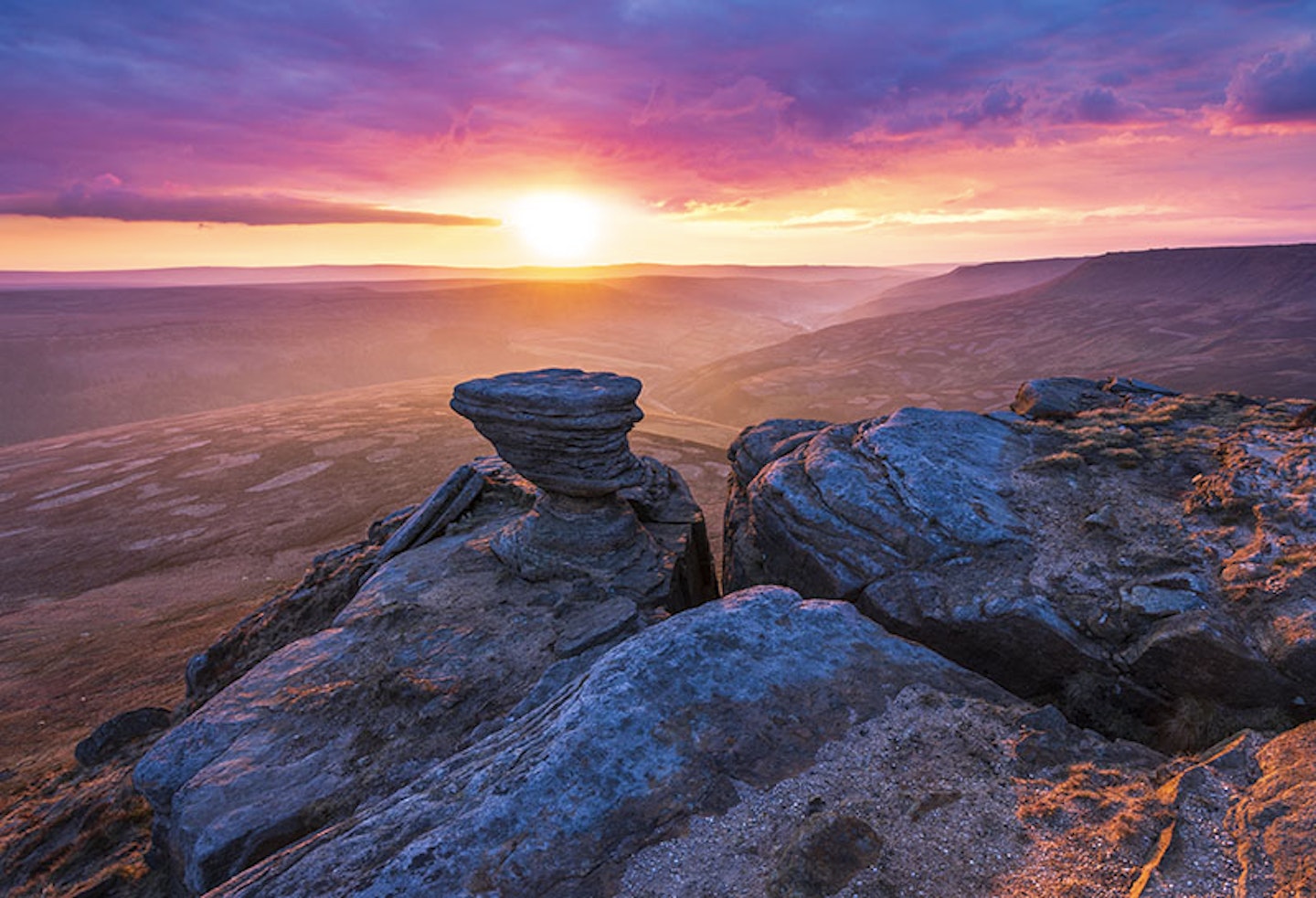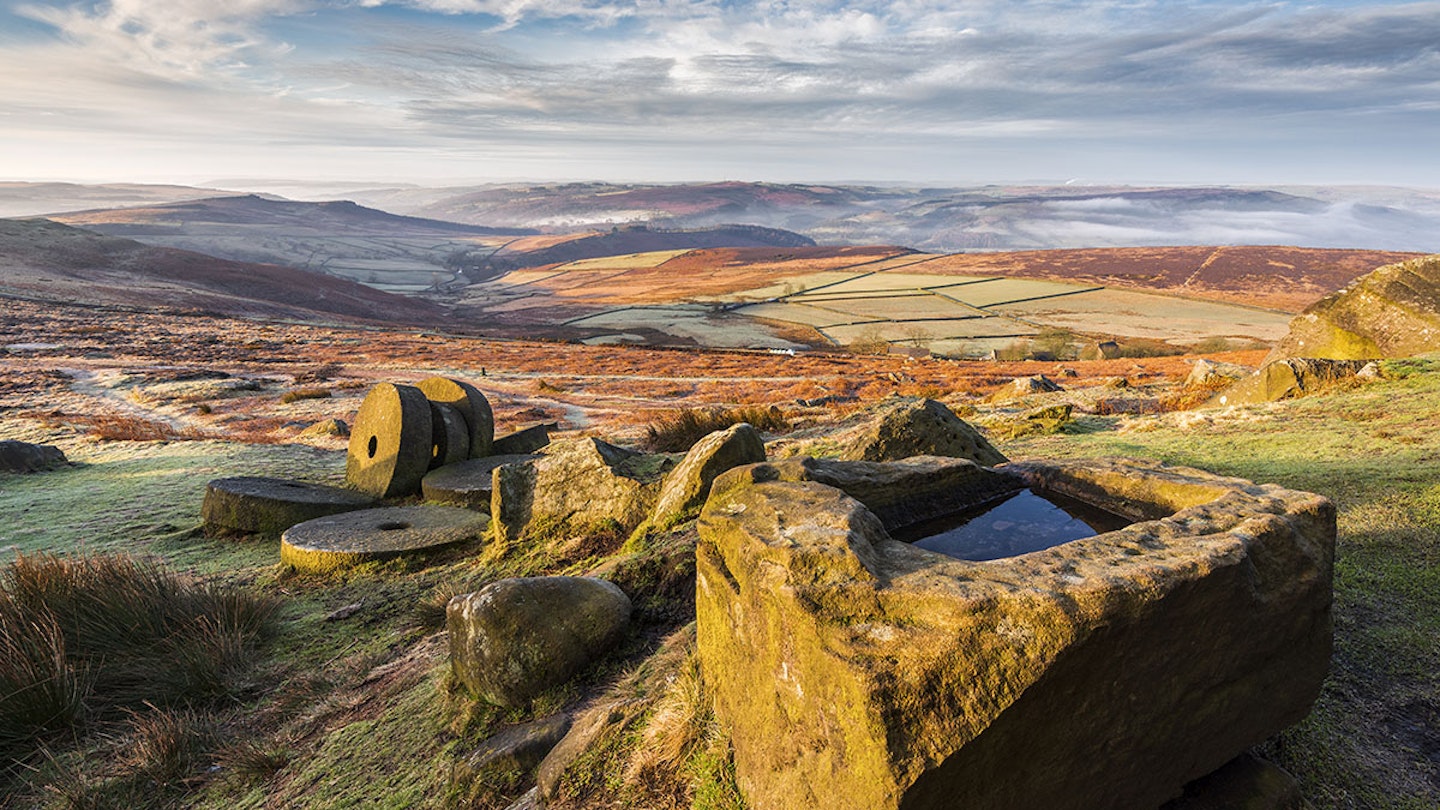In the year the nation marks 70 years since the Peak District became the UK's first national park, we thought it was the perfect time to take a look back at the history of this beautiful piece of the country.
More about the Peak District
The Peak District was the first of Britain’s 15 national parks and was designated on 17th April, 1951.
It covers 555 sq miles (1,438km) in the heart of England (that’s about the size of Greater London).
Unlike many of the world’s National Parks, which are wilderness areas, the Peak District is a true ‘living landscape’, home to 38,000 people (an IUCN ‘Category 5’ National Park). It's also home to some amazing wildlife, such as mountain hares (the only UK population outside the Scottish highlands), red deer, birds of prey and much more.
The highest point is Kinder Scout at 2,086ft (636 metres).

Where is the Peak District?
The Peak District reaches into five counties: Derbyshire, Cheshire, Staffordshire, Yorkshire and Greater Manchester. Covering such a large area, there are many hotels in the Peak District that cater for all kinds of staycation.
This also makes it the most accessible national park – close to the cities of Manchester, Sheffield, Nottingham and Derby. In fact the Peak District welcomes more than 13 million people each year.
Following the first coronavirus lockdown in 2020, visitor numbers using the trails to exercise doubled to almost 4,000 a day (nearly 230,000 visits over a three month period).

Peak District walks
The National Park has 202 sq miles of open access land – open to walkers without having to stay on paths – and 1,600 miles of public rights of way (footpaths, bridleways and tracks). It's also great for dog walking, just ask TV presenter and dog lover Helen Skelton.
The Trans-Pennine Trail through the Peak District is part of the E8 European Walking Route, connecting the National Park to the Turkish border – a walk of 2,500 miles!
The Peak District National Park also hosts the starting point at the southern end of the nationally-renowned Pennine Way, Britain’s oldest long-distance national walking trail, at Edale. Completed in 1965, it stretches 268 miles from the Nag’s Head pub in Edale to the Border Hotel, Kirk Yetholm, Scotland.
Well dressing and Garland Day
The Peak District's annual Garland Day – or Oak Apple Day – takes place in Castleton on 29th May. A Garland Kind and Queen are paraded through the village on horseback wearing garlands of flowers. The King’s heavy garland is hoisted to the top of the church tower. The custom may commemorate the Restoration of Charles II.
The Peak District is also famous for the ancient tradition of well dressing. The world’s earliest recorded example of the art was at Tissington in 1349. More than 70 Peak District villages still take part in well dressings, which started as thanksgivings for pure water. They involve decorating wells with intricate mosaic pictures made from natural materials such as berries, seeds and petals.

What is the Peak District famous for?
The area has inspired writers for generations, from Jane Austen and Charlotte Bronte to William Wordsworth, Sir Arthur Conan Doyle and current writer Berlie Doherty.
The Peak District is also famous for Blue John stone, which is found in Blue John and Treak Cliff caverns in Castleton and is made into jewellery and ornaments.
Blue John Cavern is famous for stalagmites and stalactites. The tallest cave in the Peak District is Titan Shaft in Castleton which, at 464ft (141.5 metres), is taller than the London Eye.
Peak District facts
• The millstone is the emblem of the Peak District National Park.
• The name ‘Peak’ does not in fact relate to the region’s uplands, but is thought to derive from the Pecsaetan, an Anglo-Saxon tribe which settled in the area.
• Peveril Castle in Castleton is one of England’s earliest Norman fortresses. The stone keep was built by Henry II in 1176 and is now managed by English Heritage.
• Peak District reservoirs supply surrounding towns and cities with 450 million litres of water each day. Each year, that’s equivalent to a shower for the world’s entire population.
• Peak District blanket peat bogs act as a ‘carbon reservoir’ that locks in CO² - it’s almost as effective at combating global warming as the tropical rainforests.
New national parks to join Peak District's legacy
As the nation marks 70 years of the Peak District, the government has also announced plans to designate even more of our most beautiful landscapes as national parks or Areas of Outstanding National Beauty.
The new measures are part of the government's 25 Year Environment Plan, to increase access to nature for communities and better protect the country’s rich wildlife and biodiversity.
10 'Landscape Recovery' projects will also be launched across England over the next four years to restore peatlands, woodlands and create wilder landscapes. These projects will help restore the equivalent of over 30,000 football pitches of wildlife rich habitat.

If this has inspired you to get walking and exploring the national parks near you, how about setting yourself the challenge of Walk1000Miles. Run by our friends at Country Walking magazine, it's a great way to get out and about in the countryside, make friends, lose weight and most of all have fun!
